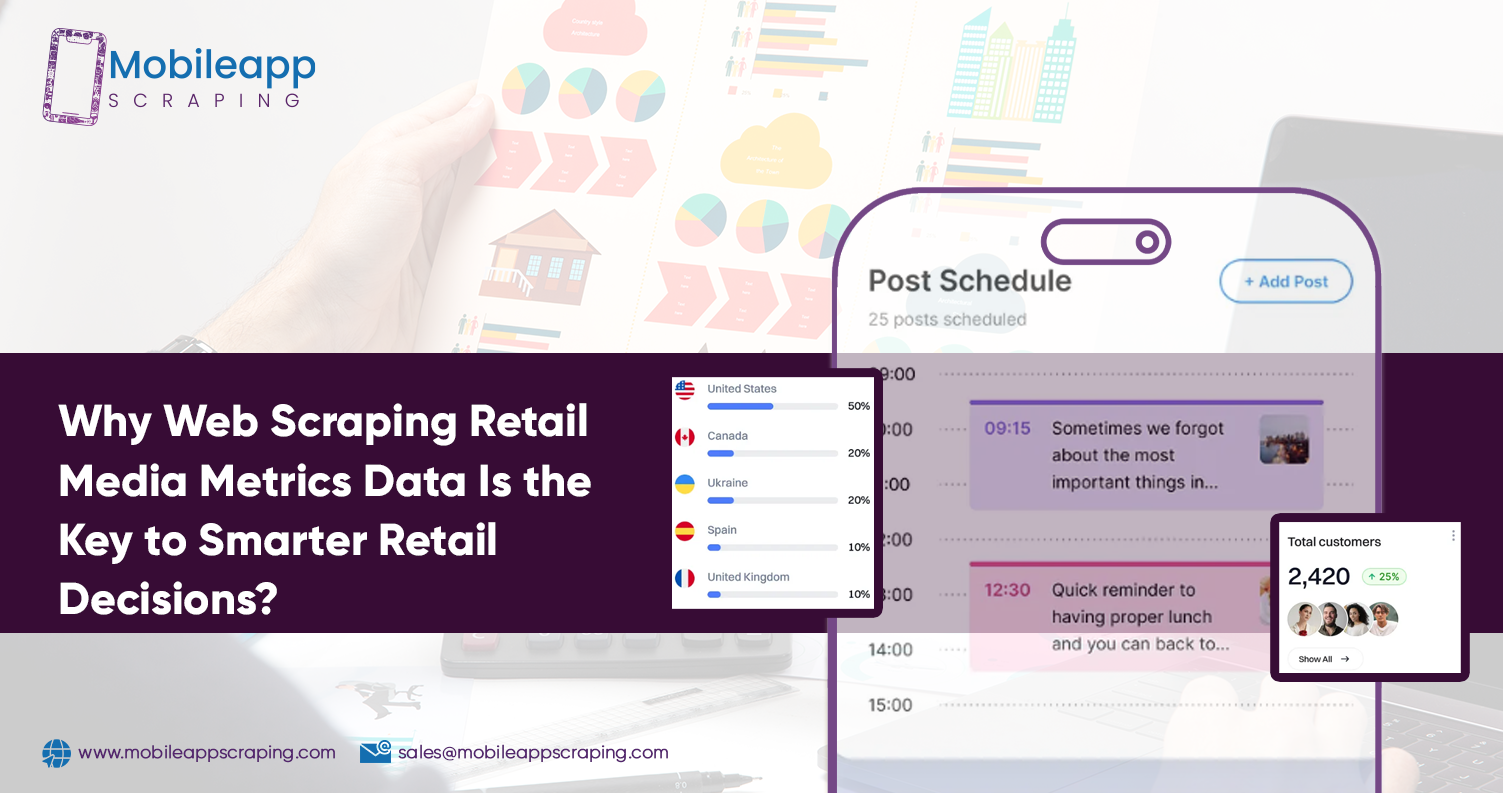
Why Web Scraping Retail Media Metrics Data Is the Key to Smarter Retail Decisions?
Introduction
In the dynamic world of retail, Web Scraping Retail Media Metrics data provides businesses with real-time insights crucial for optimizing ad performance, refining pricing strategies, and enhancing customer engagement. As the industry becomes more data-driven, making informed decisions isn't just an advantage—it's necessary to remain competitive.
Retailers increasingly depend on advanced technologies to collect, process, and analyze data from diverse digital touchpoints. This blog delves into Web Scraping Retail Media Metrics data's critical role in strengthening retail strategies and enabling more intelligent business decisions.
The Growing Importance of Retail Media Metrics

Retail media metrics encompass many data points, such as ad impressions, click-through rates, conversion rates, customer engagement levels, and more. These metrics serve as critical indicators, offering valuable insights into consumer behavior, the effectiveness of advertising campaigns, and a brand's overall performance.
By enabling businesses to access and analyze this data in real-time, organizations can make data-driven decisions that profoundly impact their marketing strategies, product placements, and pricing decisions. This real-time analysis empowers brands to adapt quickly to market trends, optimize campaigns, and enhance customer engagement for sustained growth.
What is Web Scraping, and How Does It Apply to Retail Media Metrics?
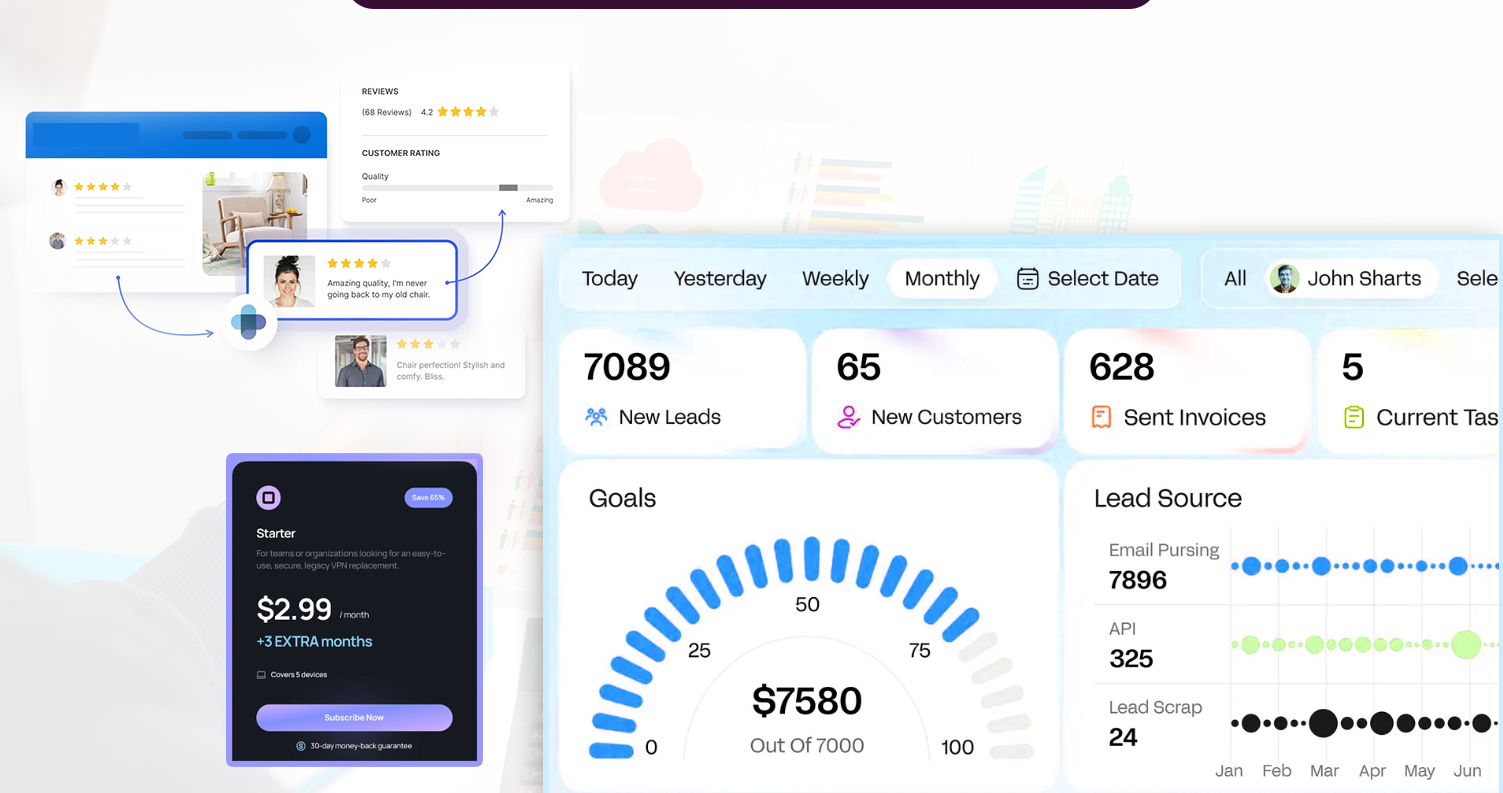
Web scraping is the automated method of extracting data from websites. It offers businesses an efficient way to gather large volumes of information from various online sources. In the context of retail media, web scraping plays a crucial role in collecting valuable metrics across different digital platforms, such as e-commerce sites, social media channels, and digital advertising networks.
Scrape Retail Data Metrics systematically collects structured data from retail websites, online marketplaces, and advertising platforms.
This data often encompasses several key categories, including:
- Ad performance metrics, such as impressions, clicks, and conversions
- Pricing and promotional data to track market trends and competitive positioning
- Customer reviews and ratings for insights into product sentiment and consumer feedback
- Social media engagement metrics to measure brand interaction and reach across platforms
This process enables businesses to make data-driven decisions, enhancing their strategies in the competitive retail and digital media landscape.
Benefits of Web Scraping Retail Media Metrics Data
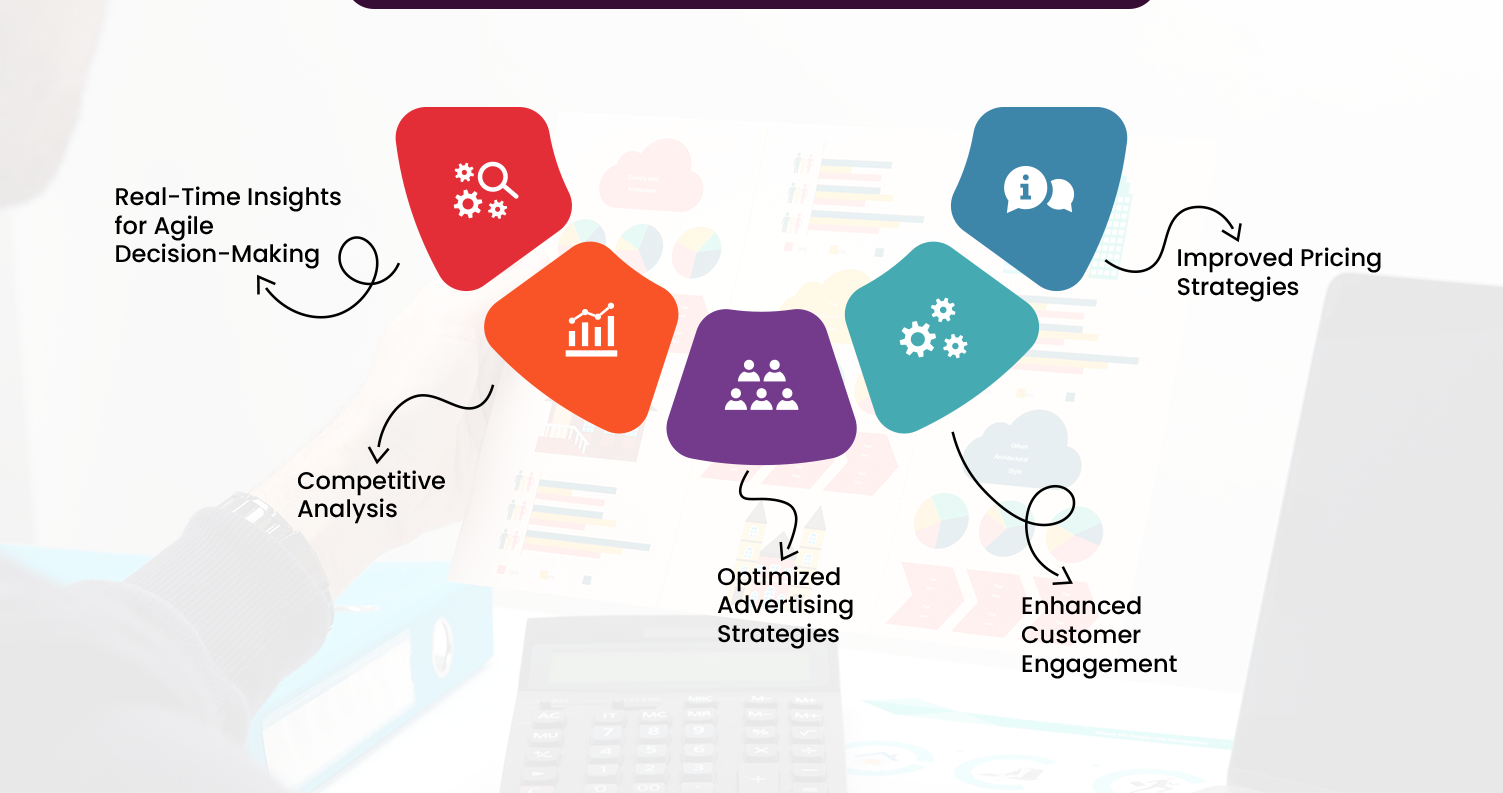
Real-Time Insights for Agile Decision-Making
In the fast-paced retail industry, having access to real-time data is essential. Web Scraping Retail Media Metrics data delivers the most current information, allowing businesses to adapt swiftly to market fluctuations. This enables retailers to fine-tune their advertising strategies in response to real-time performance metrics, ensuring they achieve the highest possible ROI.
Competitive Analysis
Staying ahead of the competition requires a deep understanding of their actions. Retail Media Data Scraping enables businesses to track competitors' advertising strategies, pricing models, and customer engagement approaches. This valuable insight allows retailers to identify emerging market trends and refine their strategies in response.
Optimized Advertising Strategies
Retailers can refine their advertising campaigns by gathering and analyzing data from various sources. Key metrics like click-through and conversion rates provide valuable insights into which ads deliver the best performance. Web Scraping for Retail Insights empowers businesses to optimize their marketing strategies, improving outcomes.
Enhanced Customer Engagement
Customer engagement metrics, including social media likes, shares, and comments, offer critical insights into consumer preferences. Web Scraping Like and Share media enables businesses to monitor these interactions, empowering them to develop more targeted and compelling content.
Improved Pricing Strategies
Pricing plays a pivotal role in the success of retail businesses. By scraping Retail Data Metrics through scraping, companies gain valuable insights into competitors' pricing strategies, enabling them to adjust their prices accordingly. This strategy allows retailers to maintain competitive pricing while safeguarding their profitability.
How to Effectively Extract Retail Media Metrics Data
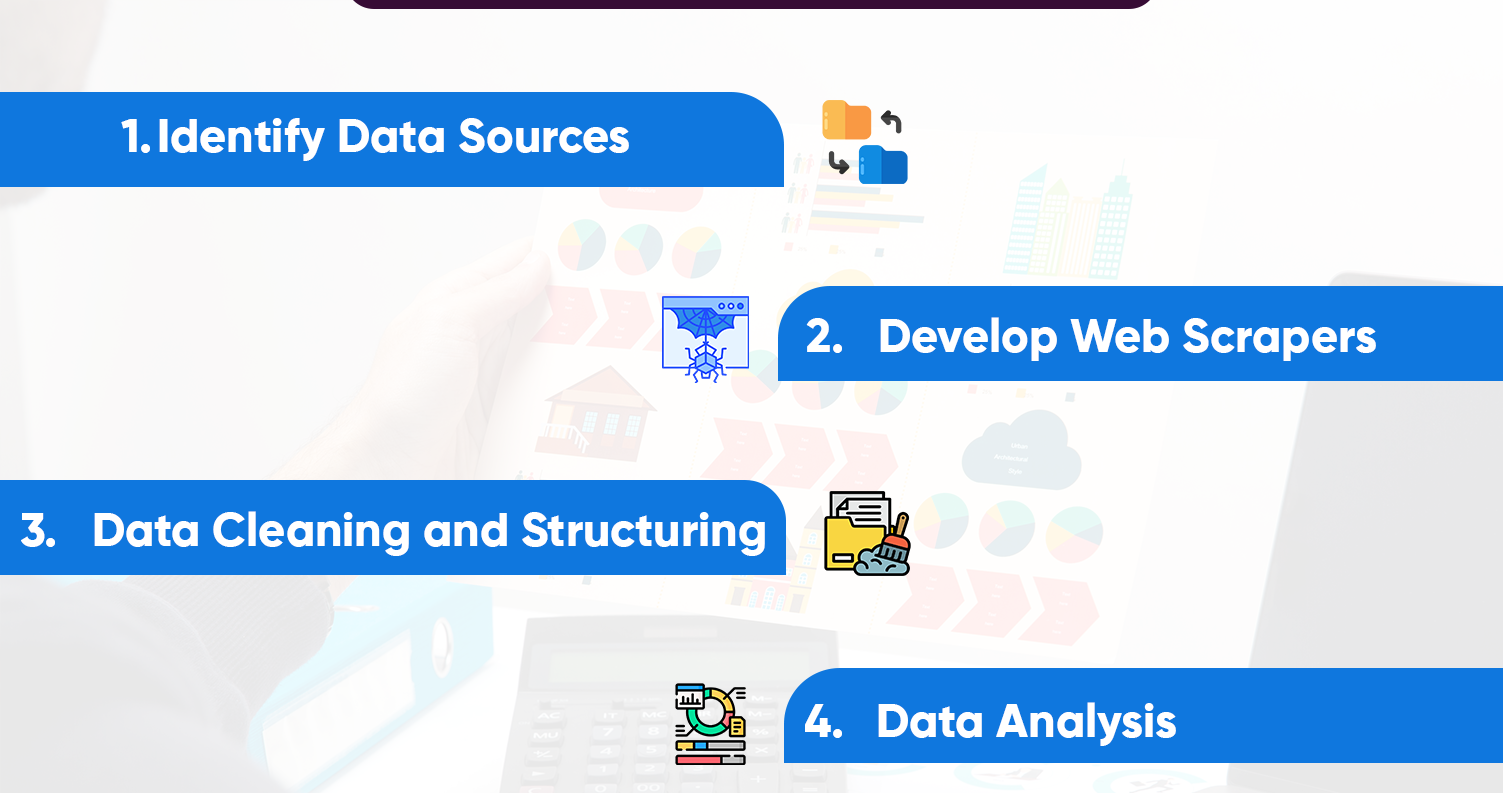
The process of extracting Retail Media Metrics data involves multiple key steps:
- Identify Data Sources: Recognize the websites, platforms, and media channels that offer the most relevant and valuable data.
- Develop Web Scrapers: Utilize automated tools or custom scripts to gather data from selected sources efficiently.
- Data Cleaning and Structuring: Ensure that the collected data is accurate and complete while structuring it for effective analysis.
- Data Analysis: Apply advanced analytical tools to extract meaningful insights from the structured data.
Challenges in Web Scraping Retail Media Metrics Data
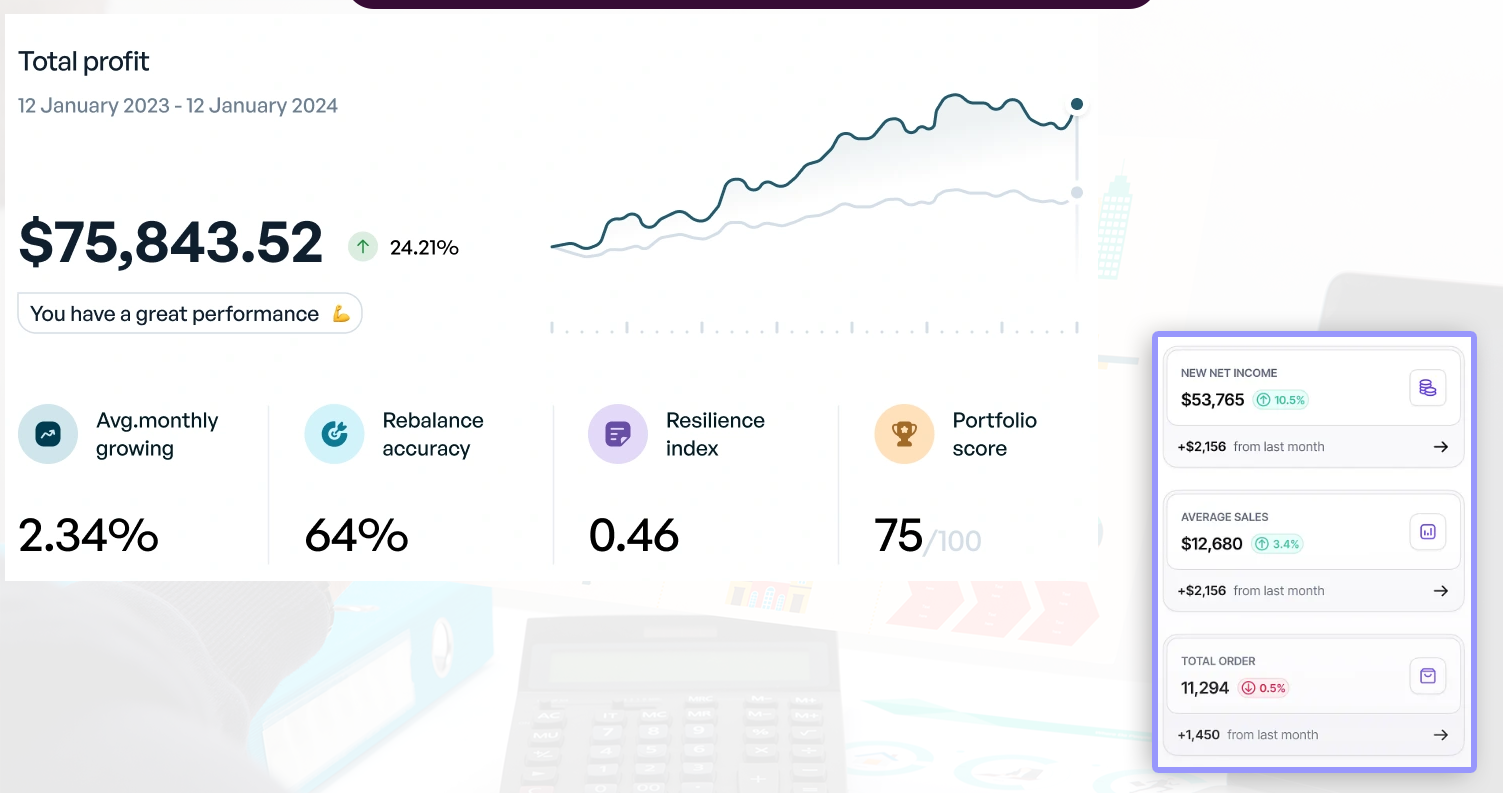
Web scraping provides a range of advantages, but it also presents specific challenges:
- Data Privacy and Compliance: It is essential to adhere to legal and ethical guidelines to ensure full compliance.
- Website Restrictions: Many websites employ anti-scraping mechanisms that can hinder or block data extraction efforts.
- Data Quality Issues: Inaccurate or incomplete data can compromise the precision of your analysis.
However, when executed correctly, the benefits of scraping Retail Data Metrics significantly outweigh these challenges.
Use Cases of Web Scraping in Retail
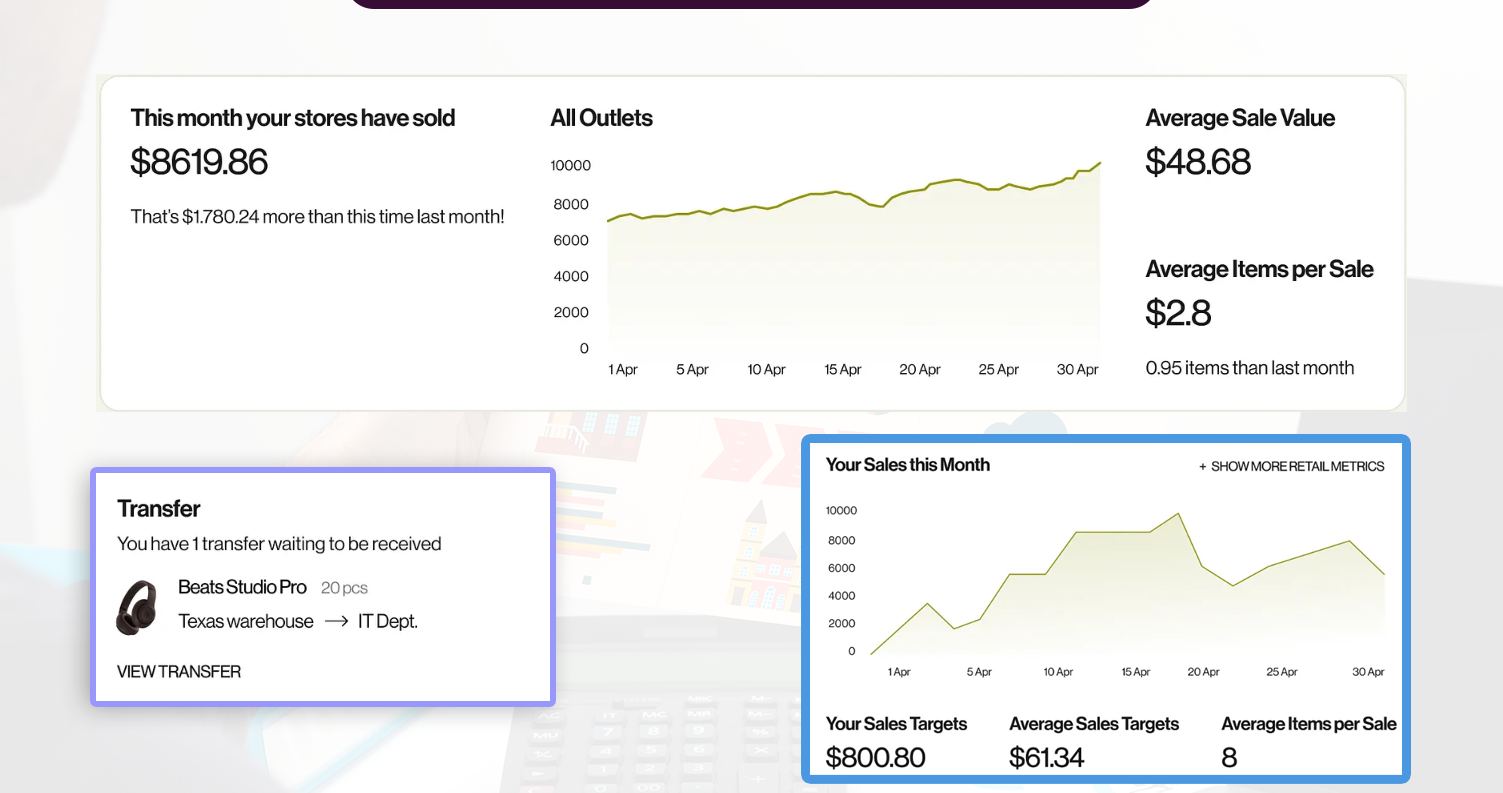
Dynamic Pricing Optimization
Retailers can leverage Web Scraping Retail Data to track real-time competitor pricing. This valuable data enables businesses to adjust their prices dynamically, ensuring they remain competitive in a fast-paced market.
Market Trend Analysis
Retailer Media Data Scraping allows businesses to spot emerging trends by analyzing consumer behavior and engagement patterns across various platforms. This helps brands adapt quickly to market shifts and effectively meet consumer demand.
Performance Tracking of Marketing Campaigns
By scraping Retail Data Metrics, businesses can assess the success of their marketing efforts, providing insights into campaign effectiveness. This ensures that advertising budgets are optimized and resources are allocated to the most impactful initiatives.
Social Media Monitoring
Web Scraping Like and Share media offers valuable insights into how well a brand's content resonates with its audience on social media platforms. This data is instrumental in refining content strategies and boosting engagement across digital channels.
Product Performance Analysis
Analyzing data from e-commerce platforms allows retailers to identify top-performing products and understand the factors driving their success. This information is crucial for informed inventory management and future product development decisions.
Tools and Technologies for Web Scraping
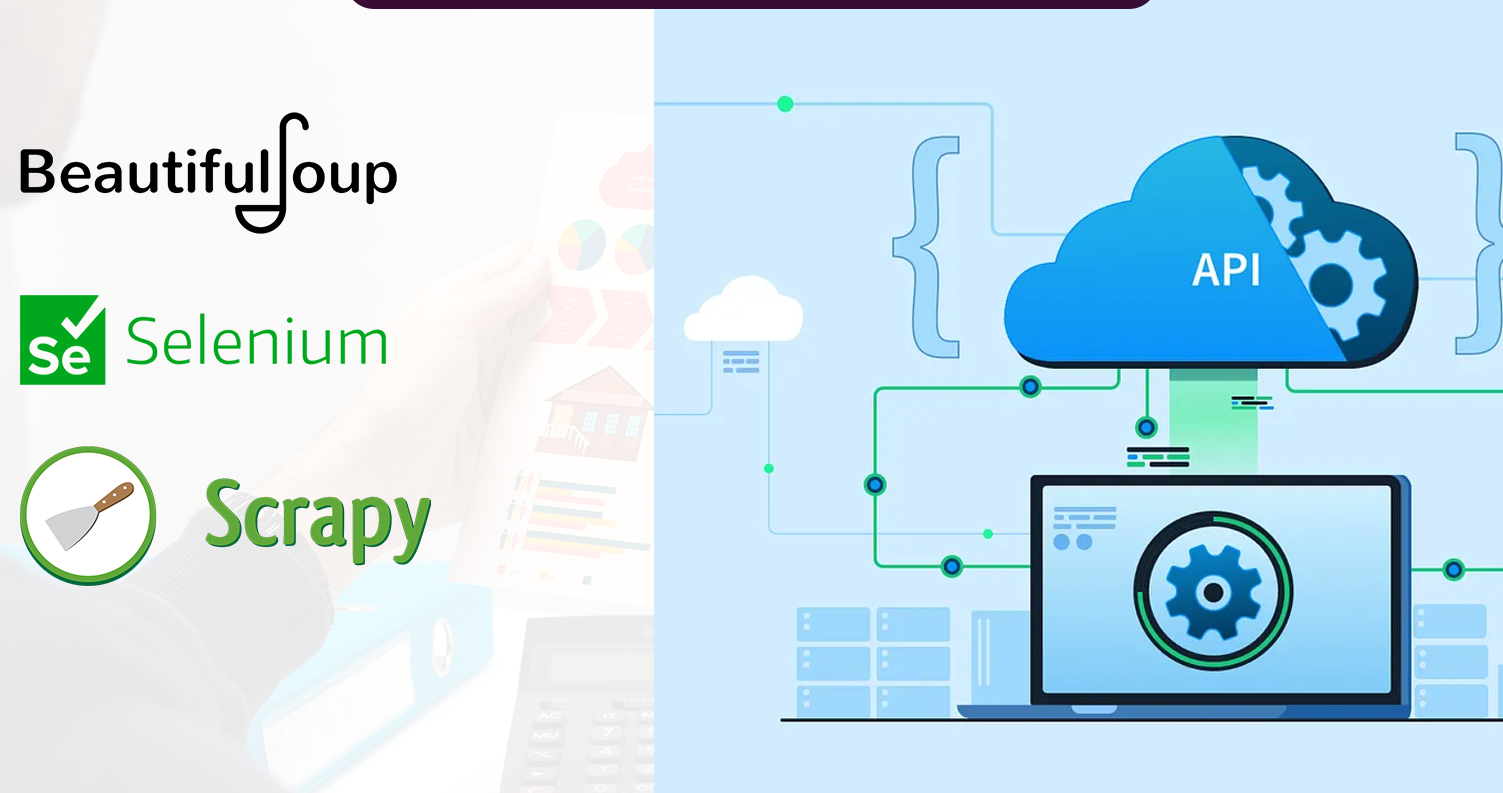
Various tools and technologies are available to streamline the process of Web Scraping Retail Media datasets, enhancing both efficiency and scalability.
Key options include:
- Python Libraries: Tools like BeautifulSoup, Scrapy, and Selenium are commonly used for web scraping. They offer flexible and powerful frameworks for extracting data from websites.
- APIs: Many online platforms provide APIs that enable structured access to their data, simplifying the process of retrieving retail media metrics and other relevant information.
- Cloud-Based Scraping Tools: Platforms such as Octoparse, ParseHub, and others are widely adopted for their ability to automate the data extraction process, offering cloud-based solutions that allow for easy scaling and automation.
Together, these tools are crucial in optimizing and automating the data extraction workflow for Retail Media datasets.
Best Practices for Web Scraping Retail Media Metrics Data
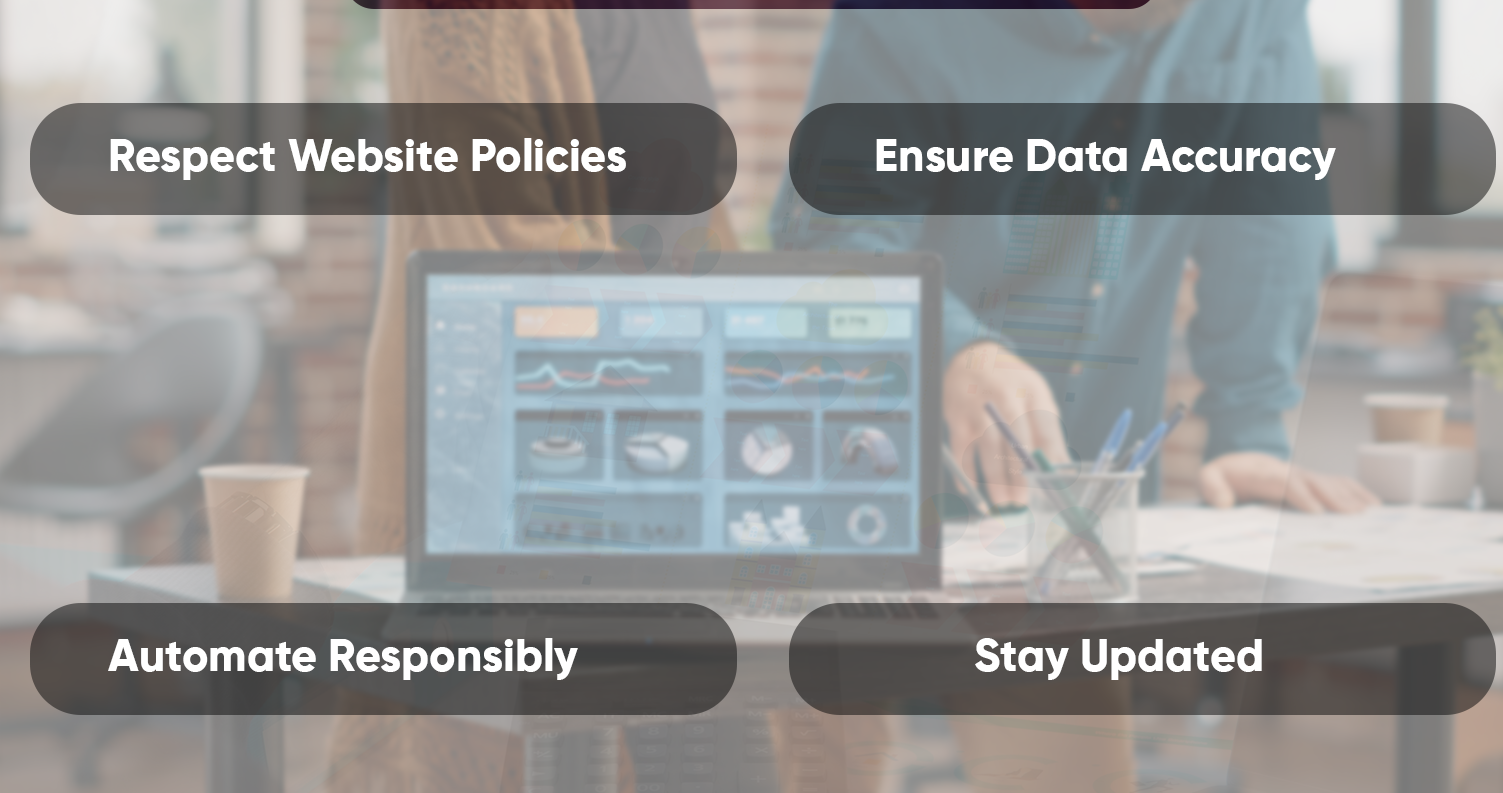
- Respect Website PoliciesIt is essential to thoroughly understand and comply with the terms of service of any website you scrape. Ensure that your scraping activities do not violate any rules, regulations, or legal requirements set by the website, as this can lead to access restrictions or legal repercussions.
- Ensure Data AccuracyValidating and cleaning the data you collect regularly is essential to maintaining its integrity. A consistent data validation process helps eliminate errors, ensuring that the insights derived from the data are reliable and accurate for decision-making purposes.
- Automate ResponsiblyWhen utilizing web scraping tools, choose solutions designed to minimize the impact on the performance and load of the target websites. Strive to use tools that respect the website's resources, preventing potential disruptions in service or overburdening their infrastructure.
- Stay UpdatedAs websites frequently undergo updates and modifications, staying informed about changes in website structures and advancements in scraping technologies is crucial. By doing so, you can adapt your scraping methods accordingly, ensuring consistent and accurate data extraction even as websites evolve.
The Future of Web Scraping in Retail
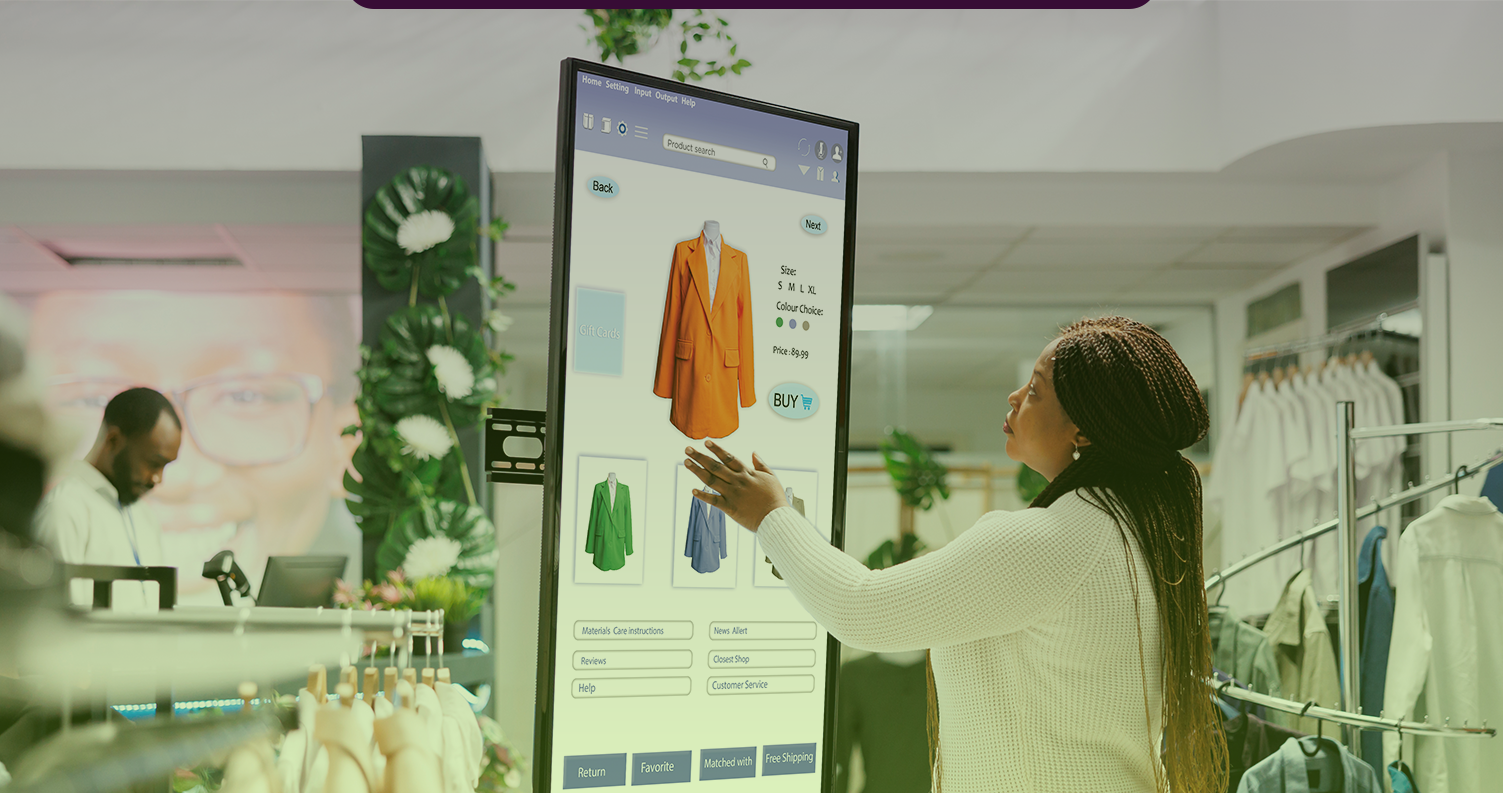
As technology continues to advance, the potential of Web Scraping media data is set to grow significantly. Innovations in AI-driven analytics, machine learning, and big data integration are transforming how retailers collect and interpret data.
These technologies will streamline the data extraction process and enable more accurate, real-time analysis of vast datasets. With these advancements, retailers can uncover deeper insights into consumer behavior and evolving market dynamics.
This data-driven approach will empower businesses to make more informed decisions, optimize marketing strategies, and respond proactively to market shifts. Ultimately, the future of web scraping in retail lies in its ability to deliver actionable intelligence that drives more innovative, strategic business outcomes.
Conclusion
In conclusion, Web Scraping Retail Media Metrics data is a powerful asset for retailers aiming to make smarter, data-driven decisions. It delivers real-time insights into advertising performance, competitive dynamics, customer engagement, and pricing strategies. By harnessing the power of web scraping, businesses can stay ahead of the competition, refine their marketing approaches, and boost customer satisfaction.
Contact Mobile App Scraping today to discover how our advanced web scraping solutions can help you unlock the full potential of your retail data. Whether you’re seeking real-time insights, in-depth competitive analysis, or strategies for optimized marketing, we have the expertise and tools to drive your business forward. Let’s elevate your retail strategy with data-driven precision!